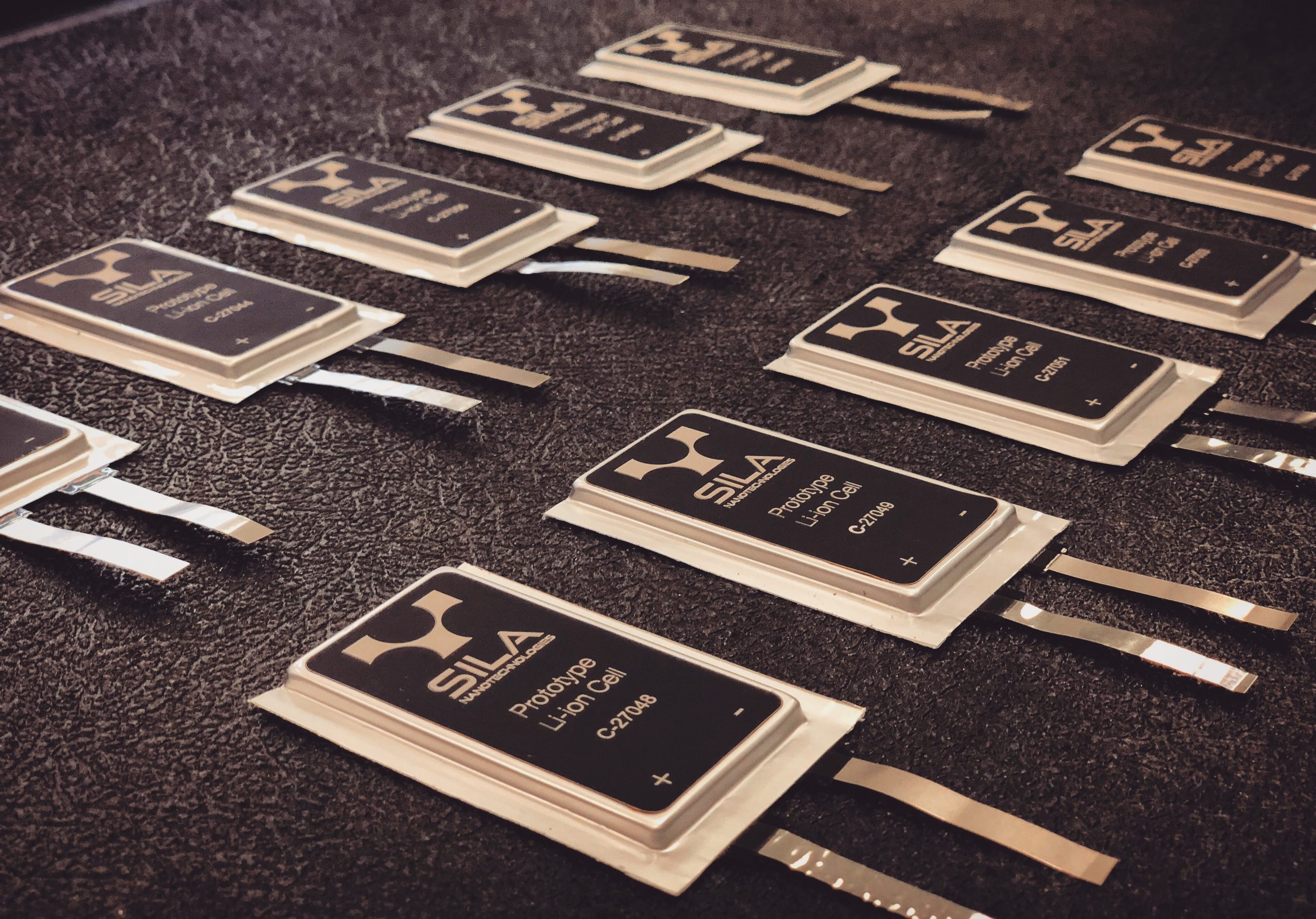The smartphone market is a paradox. Phones are getting sleeker and thinner, yet their batteries seem to last longer than ever. This seemingly magical feat is largely due to advancements in battery technology, specifically the rise of silicon-carbon anodes. These innovative batteries pack significantly more power into the same physical space, leading to thinner devices with impressive battery life. However, this technological leap isn’t benefiting everyone equally. While consumers in many parts of the world enjoy the advantages of these slim, long-lasting phones, the United States is noticeably absent from this technological wave, leaving American consumers behind.
The Silicon-Carbon Advantage
Traditional lithium-ion batteries rely on graphite anodes. Silicon-carbon anodes, however, offer a significantly higher energy density. This means that more power can be stored in the same physical space, allowing manufacturers to either dramatically increase battery life or reduce the size of the battery itself for a thinner phone. This is a game-changer for phone design, enabling the creation of sleek devices without compromising battery performance. Companies like Honor are already leveraging this technology, showcasing phones like the Honor Power with its impressive 8,000mAh battery.
Why the US Market is Missing Out
Several factors contribute to the US lagging in the adoption of silicon-carbon batteries. One major reason is the established dominance of certain brands that haven’t yet fully embraced this technology. The high initial cost of production and supply chain logistics might also play a significant role, preventing widespread implementation. Furthermore, potential regulatory hurdles or a lack of consumer demand in the US could also be contributing factors.
The Global Landscape
In contrast to the US, many other markets are rapidly adopting silicon-carbon battery technology. This widespread adoption signifies a significant shift in the global smartphone landscape, suggesting that the US may fall further behind unless changes occur quickly. The benefits extend beyond the consumer, impacting manufacturers and potentially reshaping global technology leadership.
Potential Impacts and Future Outlook
The continued lag in US adoption could have several significant implications. It could lead to missed opportunities for American manufacturers, reduced competitiveness in the global market, and ultimately, less innovation in the sector. However, increasing awareness and consumer demand could trigger a shift, pushing American manufacturers and suppliers to invest in the technology. Government policies could play a critical role in promoting the adoption of this innovative technology and bringing its benefits to the US market.
Conclusion
The development of silicon-carbon batteries represents a substantial step forward in mobile technology, allowing for thinner, more powerful smartphones. However, the US market’s slow adoption of this technology presents a critical concern. The reasons behind this lag are multifaceted and require immediate attention. Addressing these issues – from production costs to regulatory hurdles – is vital to ensuring that American consumers and manufacturers benefit from this technological advancement and remain competitive in the global smartphone market. The future success of the US in the mobile technology sector hinges on overcoming these obstacles and embracing the potential of silicon-carbon batteries.

